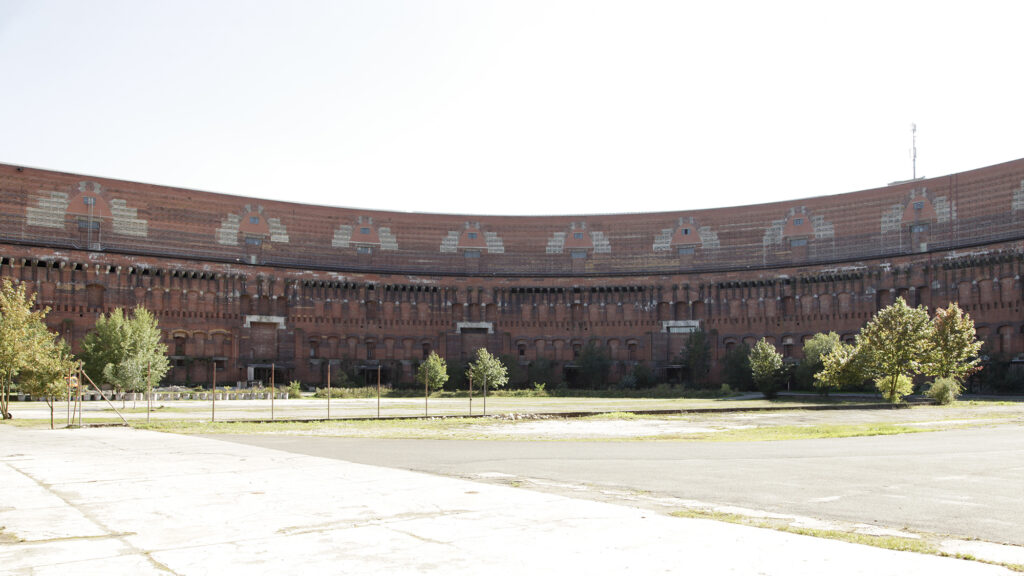KONGRESSHALLE NÜRNBERG
The Kongresshalle in Nuremberg, originally planned as a monumental assembly building for the NSDAP, remained unfinished and today stands as a testament to National Socialist megalomania. After decades of varied uses and vacancy, it is now being transformed into a vibrant cultural venue, providing space for artists and the Nuremberg State Theater. This transformation combines historical engagement with a forward-looking cultural utilization.
Date
2011
Location
Nürnberg, Deutschland

The Kongresshalle in Nuremberg, originally planned as a monumental assembly building for the NSDAP, remained unfinished and today stands as a testament to National Socialist megalomania. After decades of varied uses and vacancy, it is now being transformed into a vibrant cultural venue, providing space for artists and the Nuremberg State Theater. This transformation combines historical engagement with a forward-looking cultural utilization.
Located on the former Nazi Party Rally Grounds in Nuremberg, the Kongresshalle is the largest surviving structure from the Nazi era and is considered Nuremberg’s most significant modern building. It was designed for NSDAP conventions and was intended to accommodate up to 50,000 people.
Architects Ludwig and Franz Ruff designed the hall in emulation of the Colosseum in Rome, but on a much larger scale. With a footprint of 275 by 265 meters and a planned height of 70 meters, it would have held twice as many people as its Roman counterpart.
The plan envisioned a four-story, horseshoe-shaped structure, completed with two wing buildings and an entrance hall. The horseshoe-shaped hall was to be surrounded by tribunes, all oriented toward the center, where the speaker’s podium was to be located, from which the “Führer” would deliver his speeches.
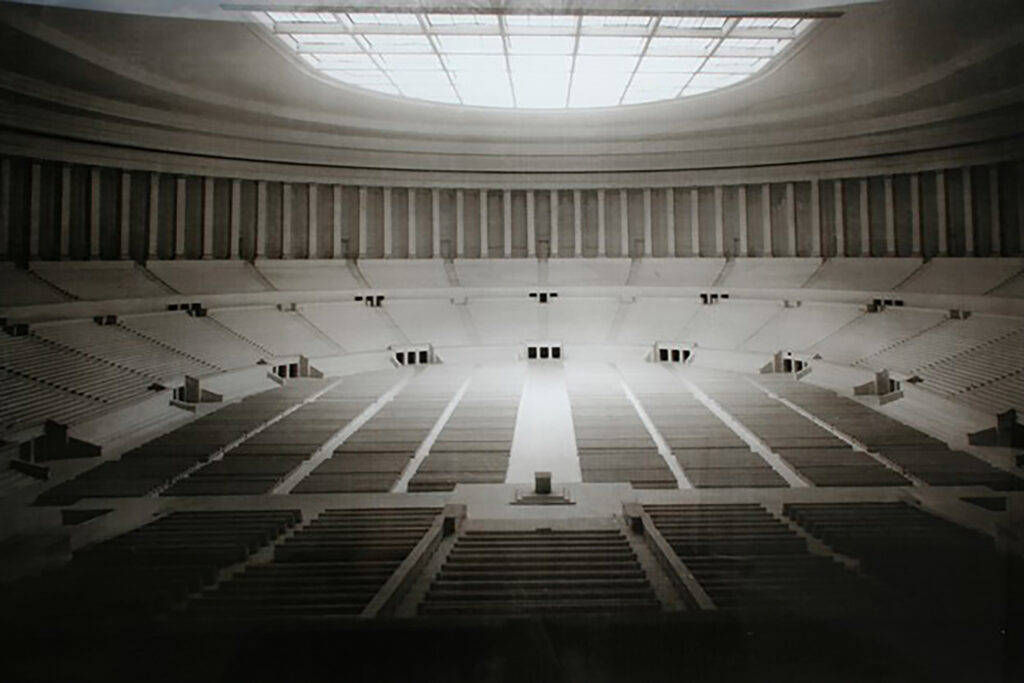
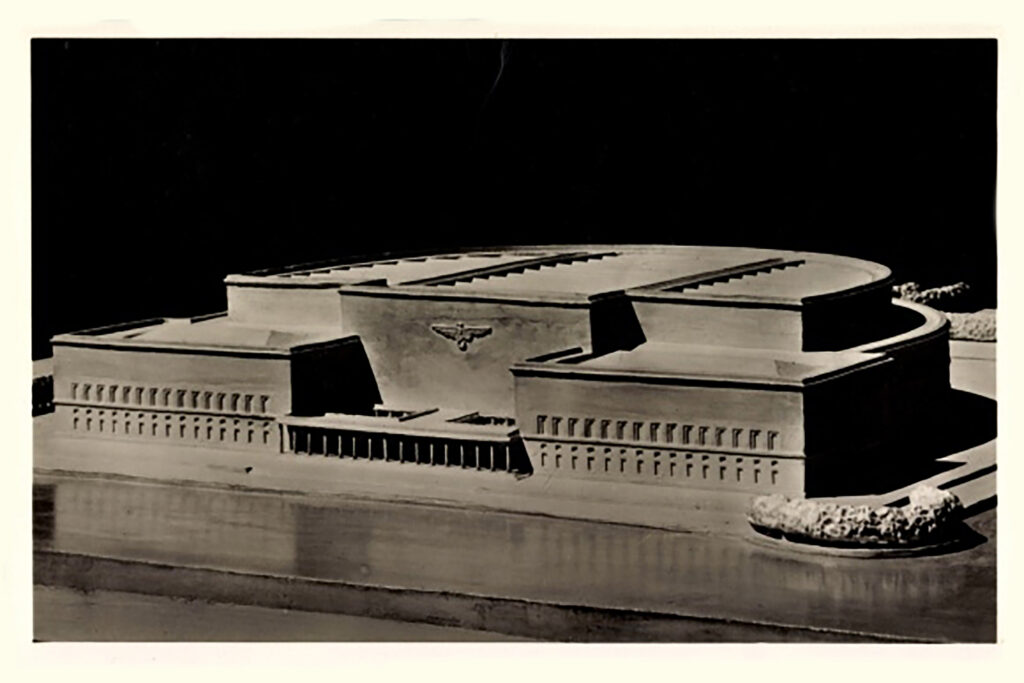
The tribunes were to be enclosed at the top by a 400-meter-long colonnade consisting of 88 columns. Above this, at approximately 70 meters in height, a 25,000-ton, free-standing steel roof structure with a maximum span of 170 meters was planned. In the center of this roof structure, directly above the speaker’s podium, a large skylight was intended to allow daylight to shine directly on the “Führer.”
Whether this ambitious roof structure would have been feasible is questionable, as it was considered extremely difficult to implement, and exact construction plans have never been found.
In 1935, during the Nazi Party rallies, the construction of the hall began with great effort. Due to the swampy ground, which was unsuitable for such a building, the foundation work took two years. 22,000 concrete piles, each up to 16 meters long, were driven into the ground to make the construction possible.
From 1937 onwards, 1,400 people worked continuously on the construction site, including numerous forced laborers who had to quarry the five-meter-thick granite blocks for the exterior facade from the Flossenbürg concentration camp.
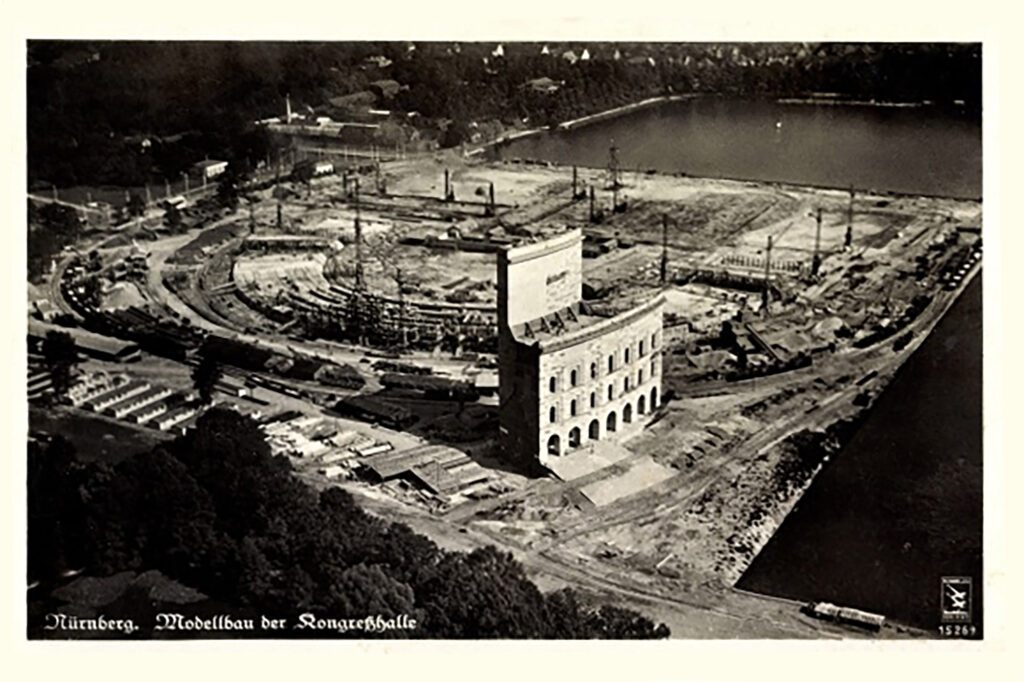

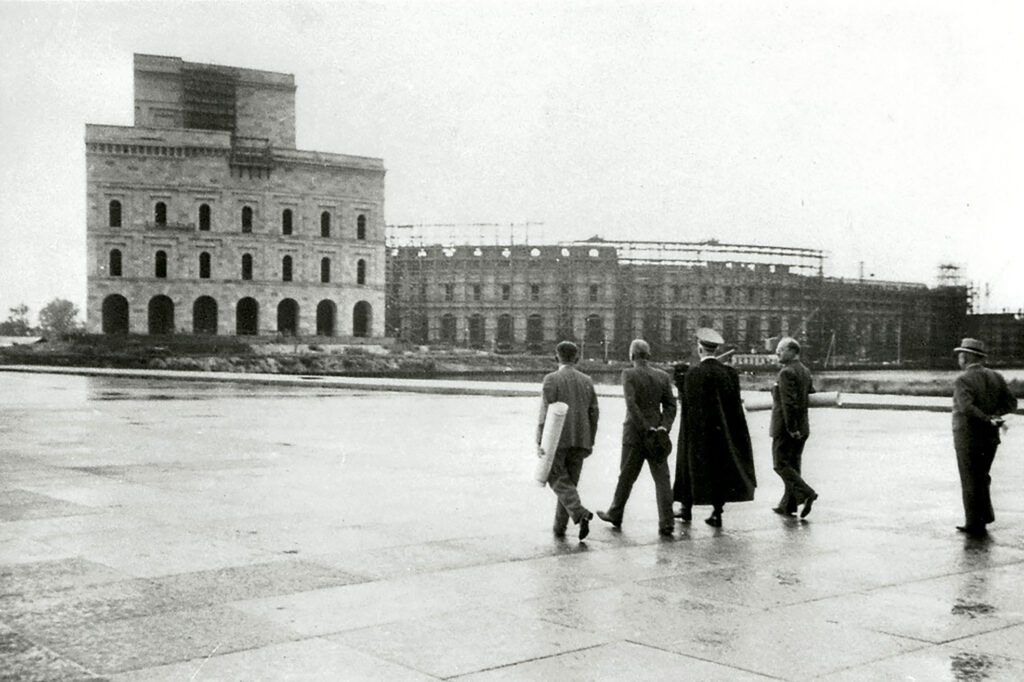
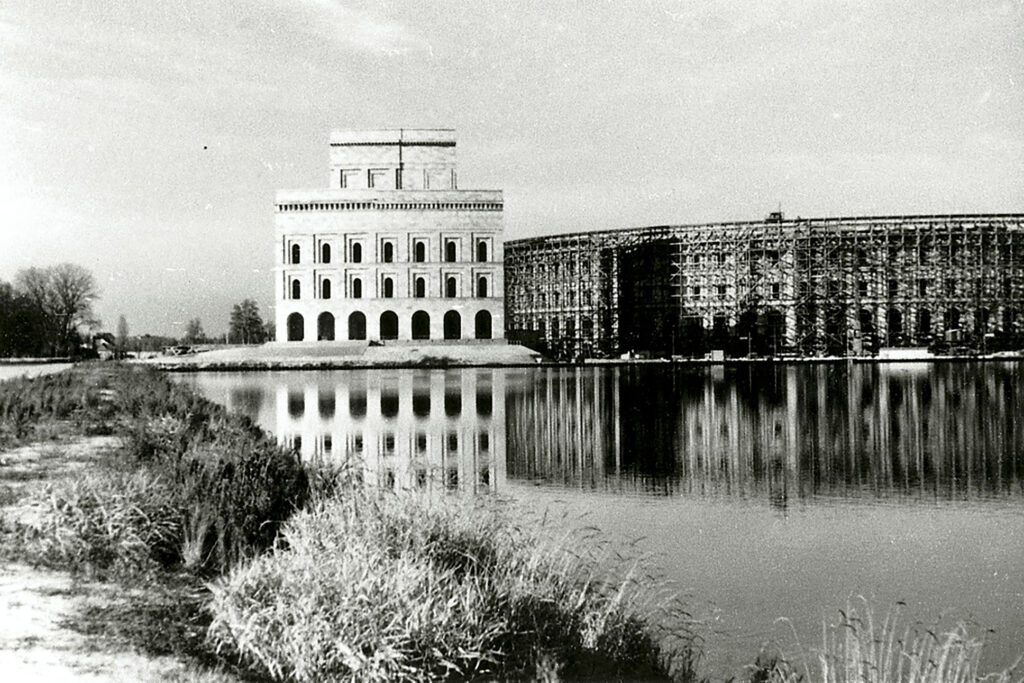
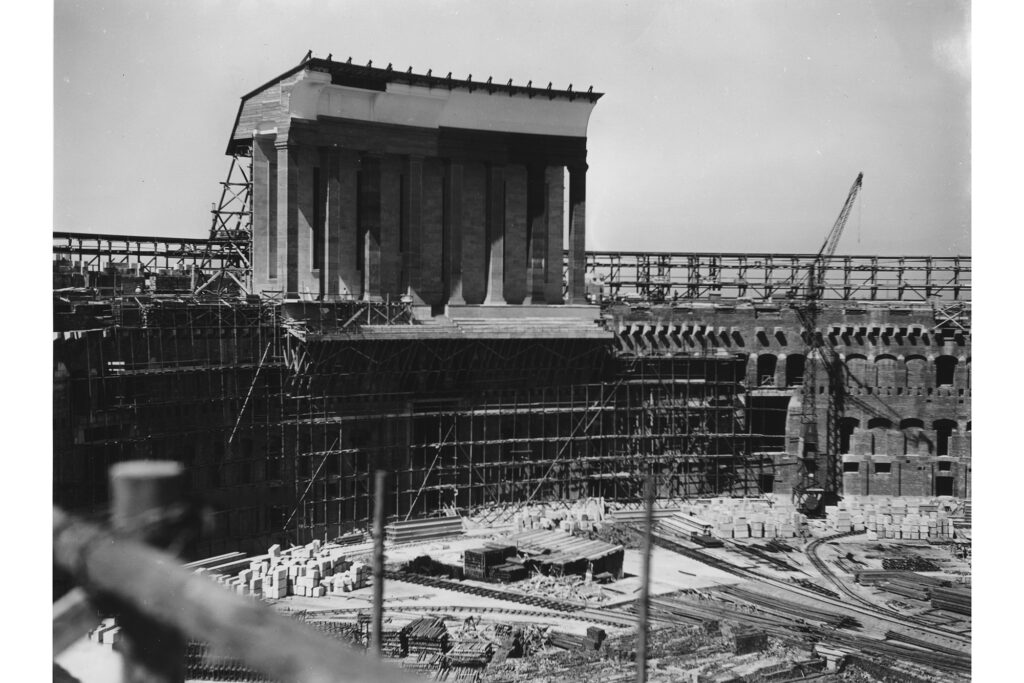
With the beginning of World War II, construction work was halted, briefly resumed in 1940, and then stopped permanently. At that time, the entire interior, the top floor, the roof, additional floors on the head buildings, and the entrance hall were still missing.
Only the access structures were completed, so the horseshoe-shaped shell is essentially just a staircase with corridors and rooms for sanitary facilities—probably the largest staircase in Germany.
After the war, when the city lay in ruins, the Kongresshalle remained largely undamaged and survived the war.
In the following years, there were numerous proposals and ideas on how to deal with the building. In addition to demolition, as with the Märzfeld, ideas such as converting the hall into a fun and shopping center or a sports arena were discussed. These plans were not implemented. From 1973 onwards, the option of demolition was abandoned, as the Free State of Bavaria declared the remnants of the Nazi dictatorship to be historically relevant and worth preserving.
In the 1980s, architects Hellmut Ambos and Peter Weidenhammer proposed filling the Kongresshalle with Nazi art to expose the entire ensemble to the elements and let it decay.
Since the end of the war, the building has been used primarily as storage for various purposes, as well as a venue for plays, concerts, and exhibitions. Since 1963, the left head building has housed a concert hall for the Nuremberg Symphony Orchestra. Since 2001, the Documentation Center Nazi Party Rally Grounds has been located in the right head building.
In December 2021, the Nuremberg City Council decided to develop the Kongresshalle into a place for arts and cultures. In the fall of 2023, construction work began, starting with the remediation of hazardous materials in the courtyard and main building. Subsequently, work followed to preserve the structure and make the existing building fundamentally usable. In December 2024, earlier than planned, construction began on the annex in the courtyard, which is intended to serve as an interim venue for the Nuremberg State Theater during the renovation of the opera house. After the opera house renovation is completed, the venue is planned to continue being used for cultural purposes. Additionally, four of the total 16 sectors of the main building will be developed into so-called “enabling spaces.” More than 7,000 square meters of production and presentation spaces for the independent art and culture scene will be created. A comprehensive participatory process with cultural actors from the city accompanies the planning and implementation of these spaces.
These developments mark a significant step in repurposing the Kongresshalle and contribute to combining the building’s historical legacy with a forward-looking cultural use.
In September 2011, I had the opportunity to explore and photograph the vacant parts of the building. The following photos were taken during that time:
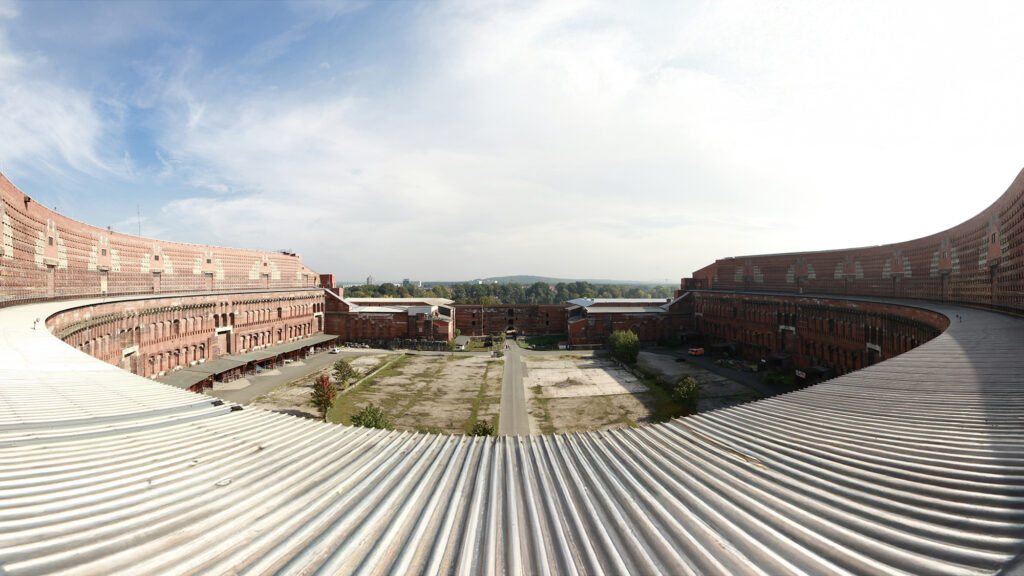
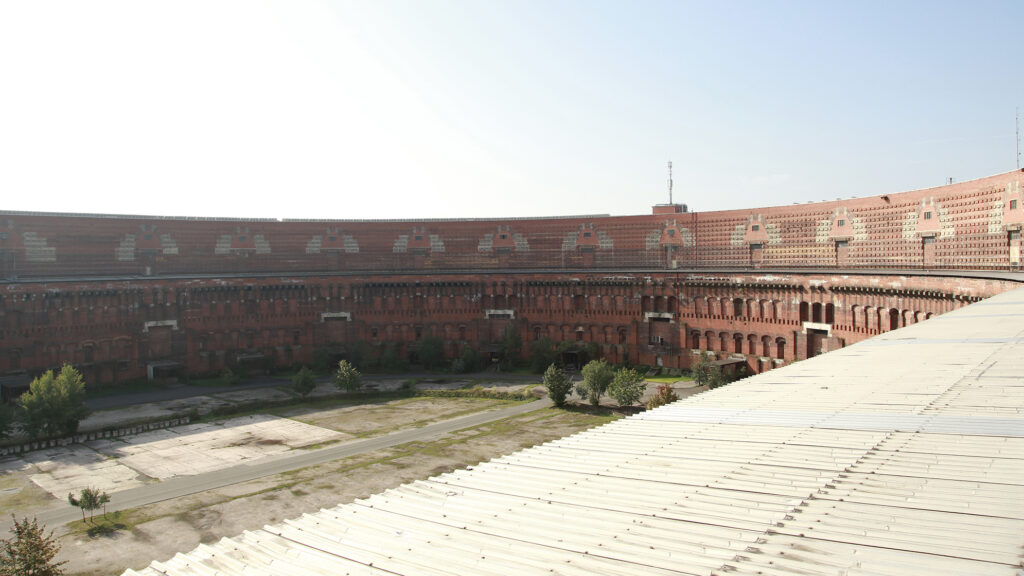

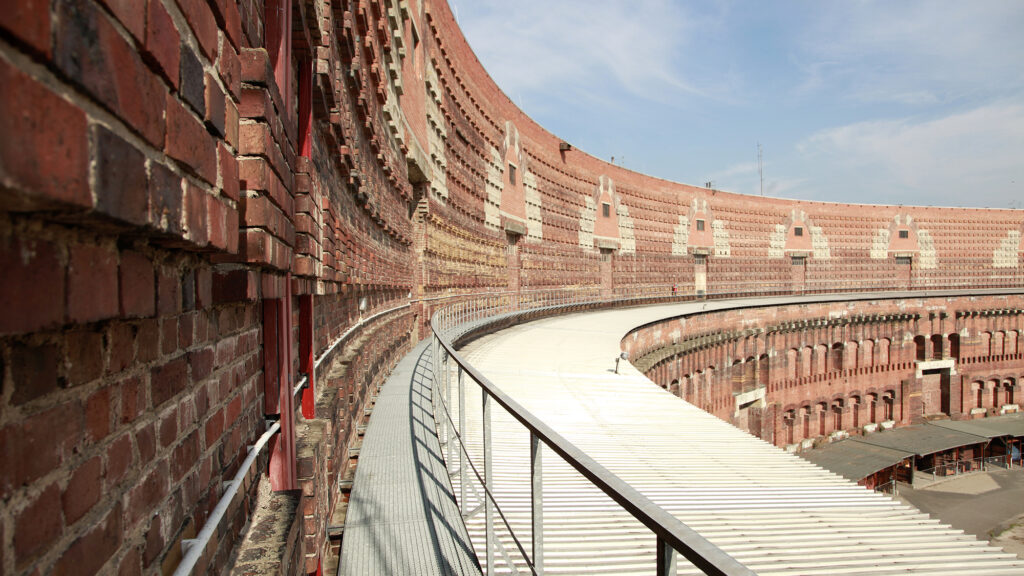
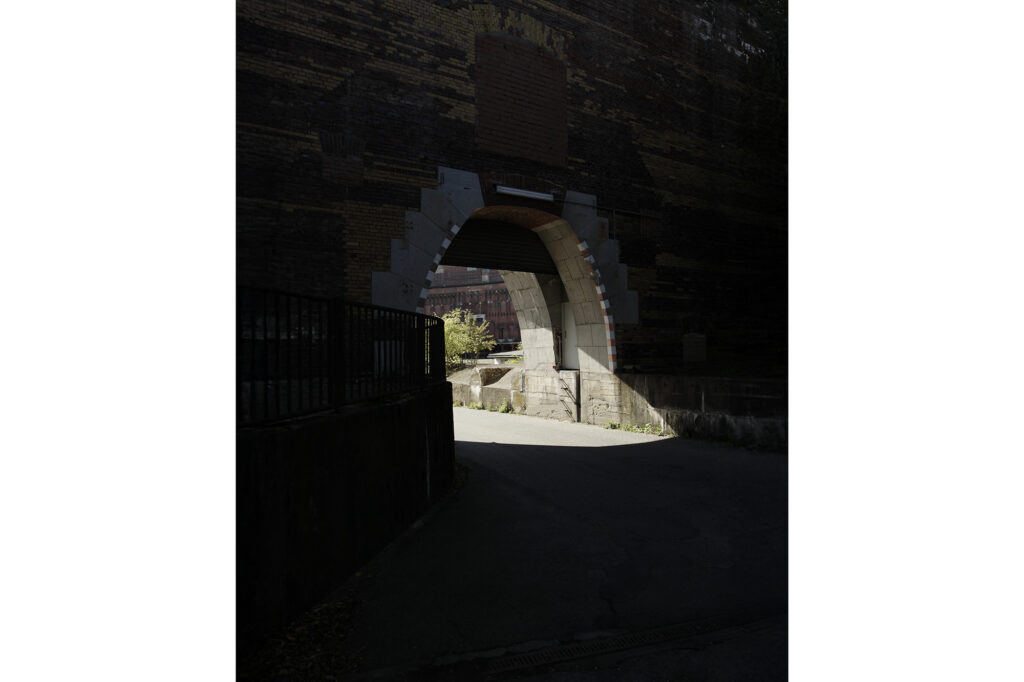
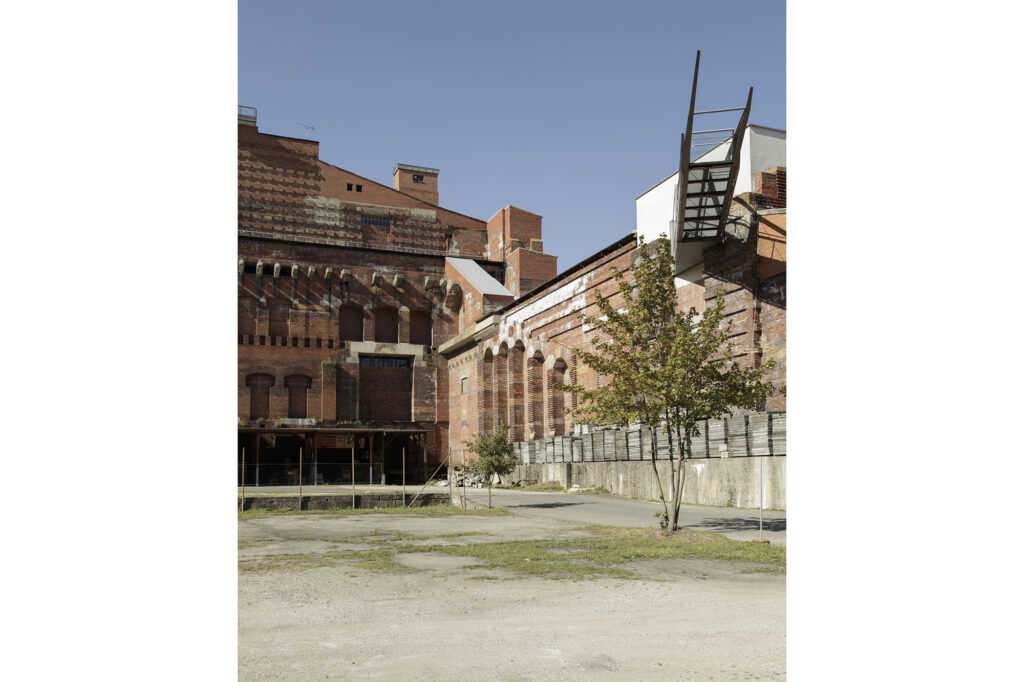
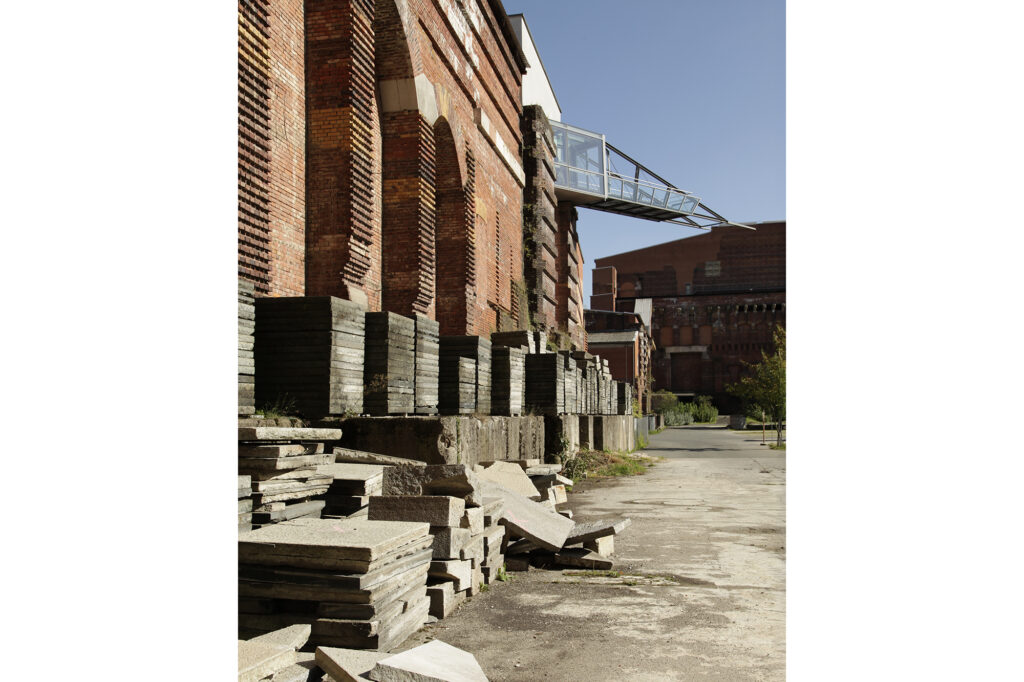
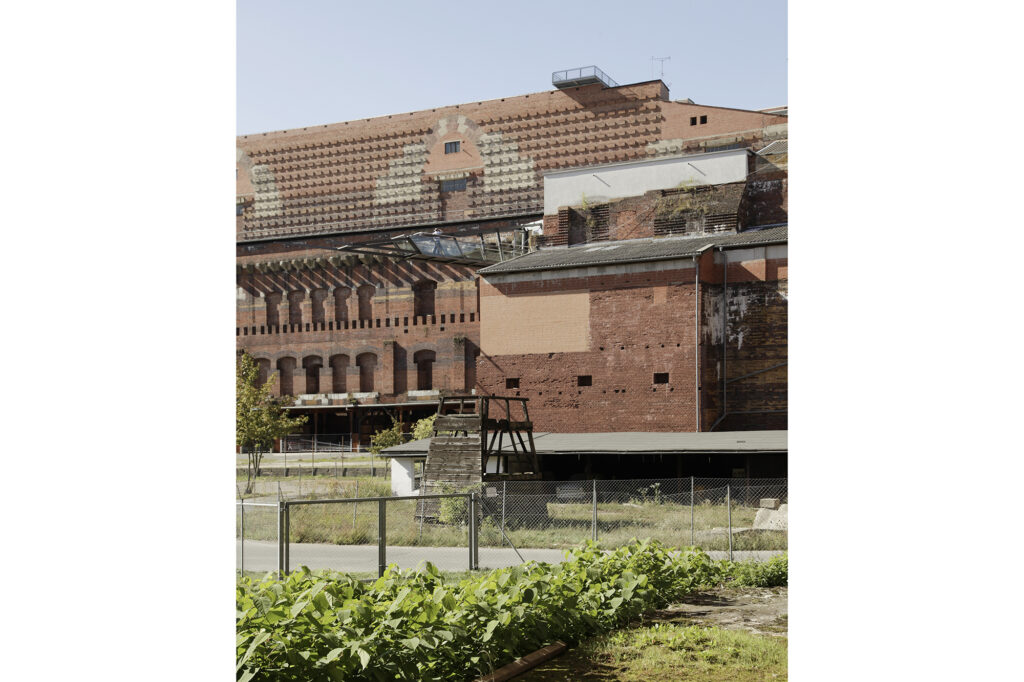
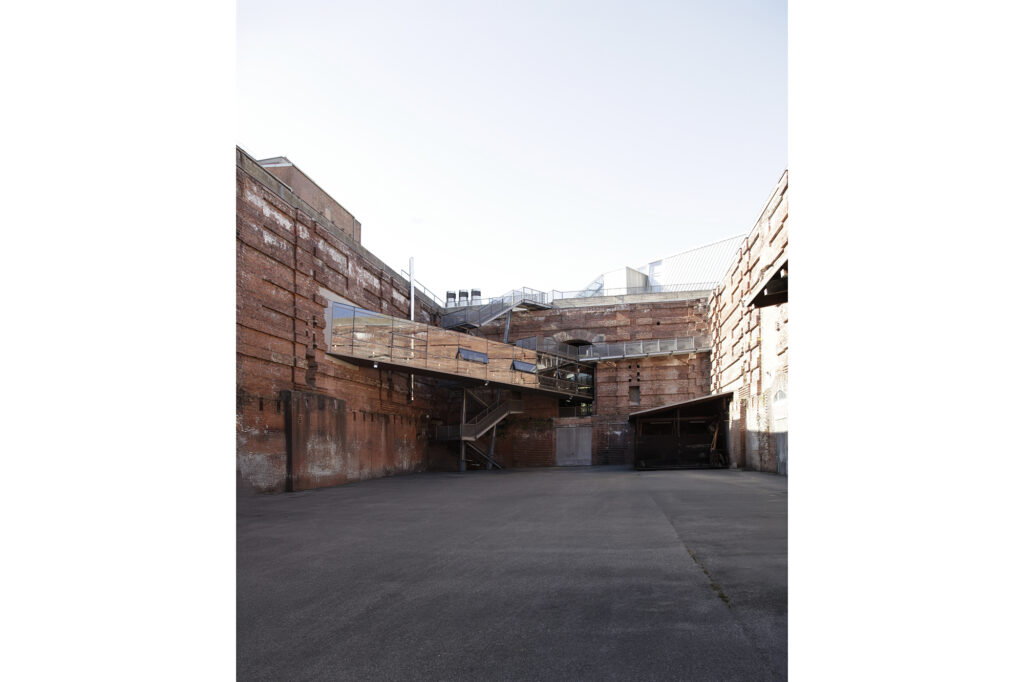
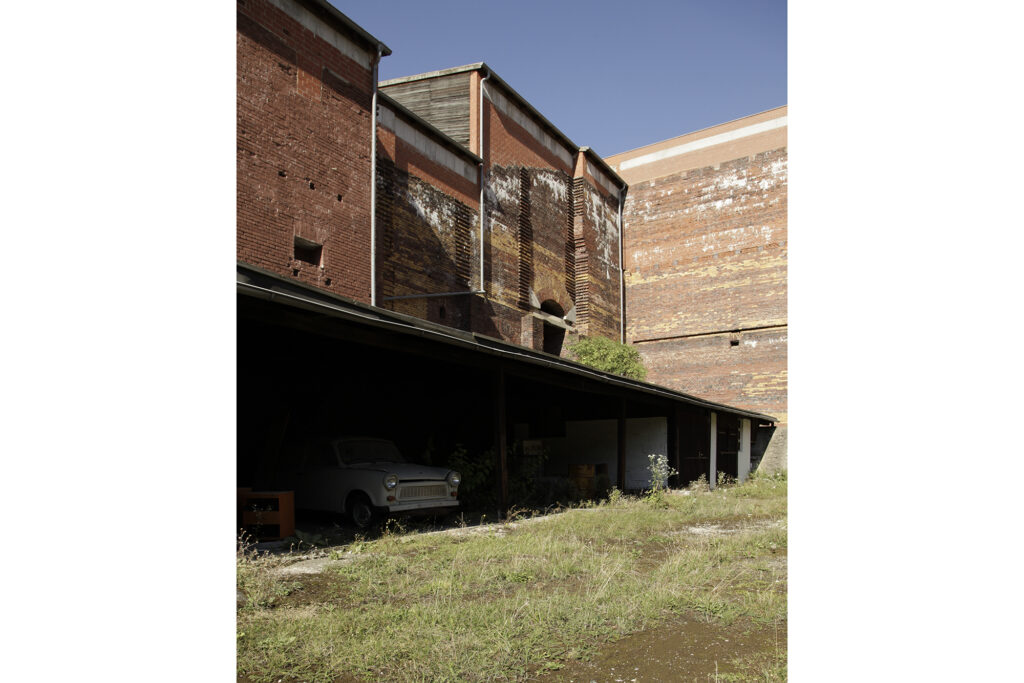
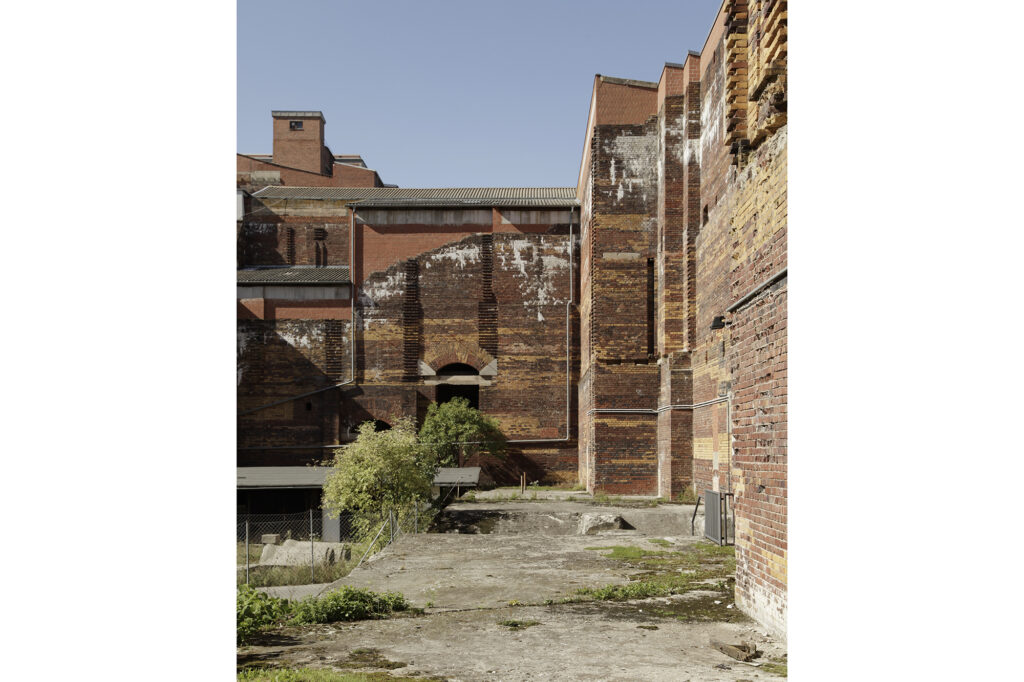
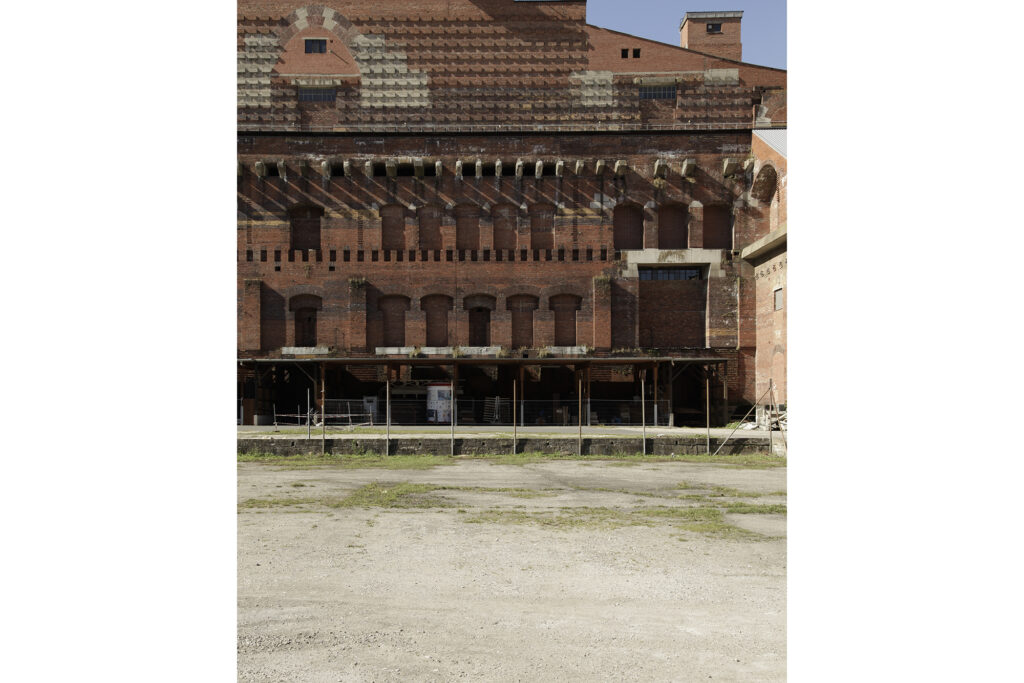

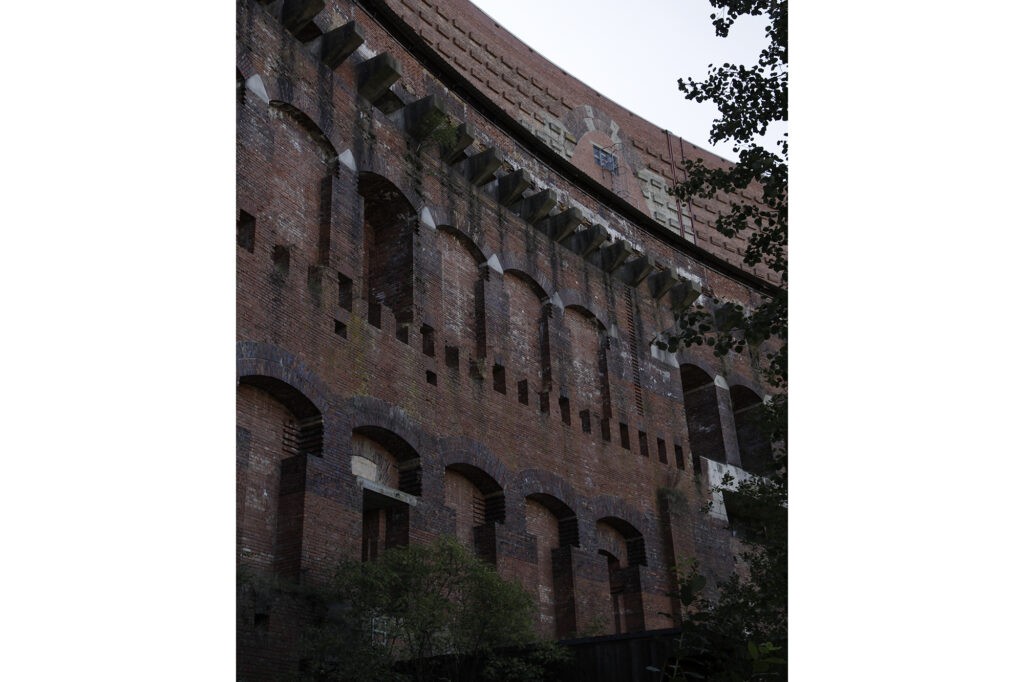
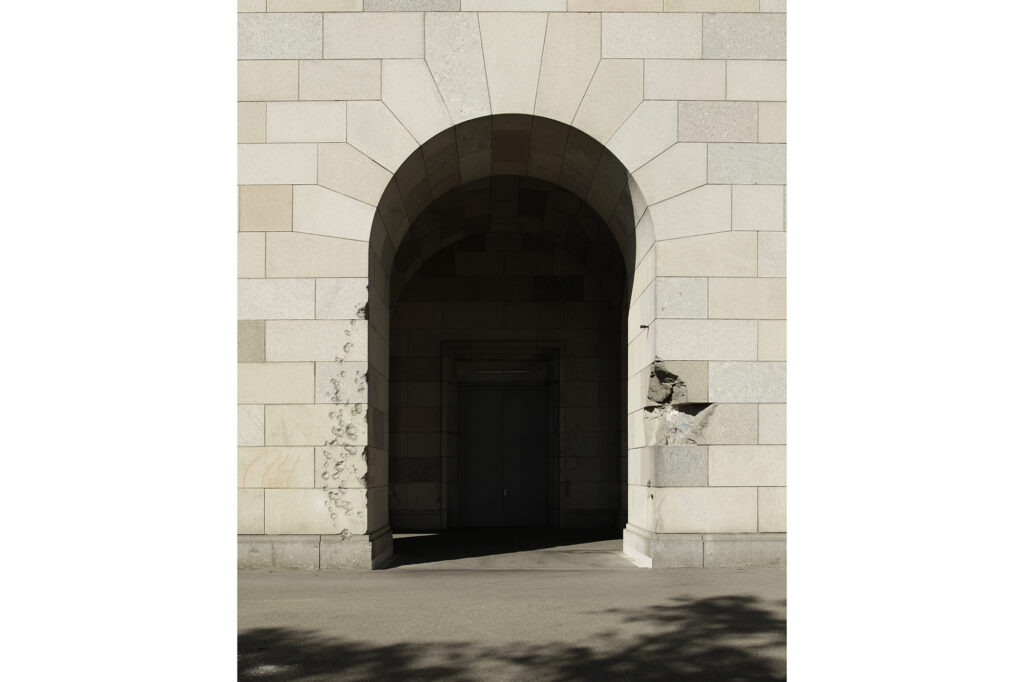
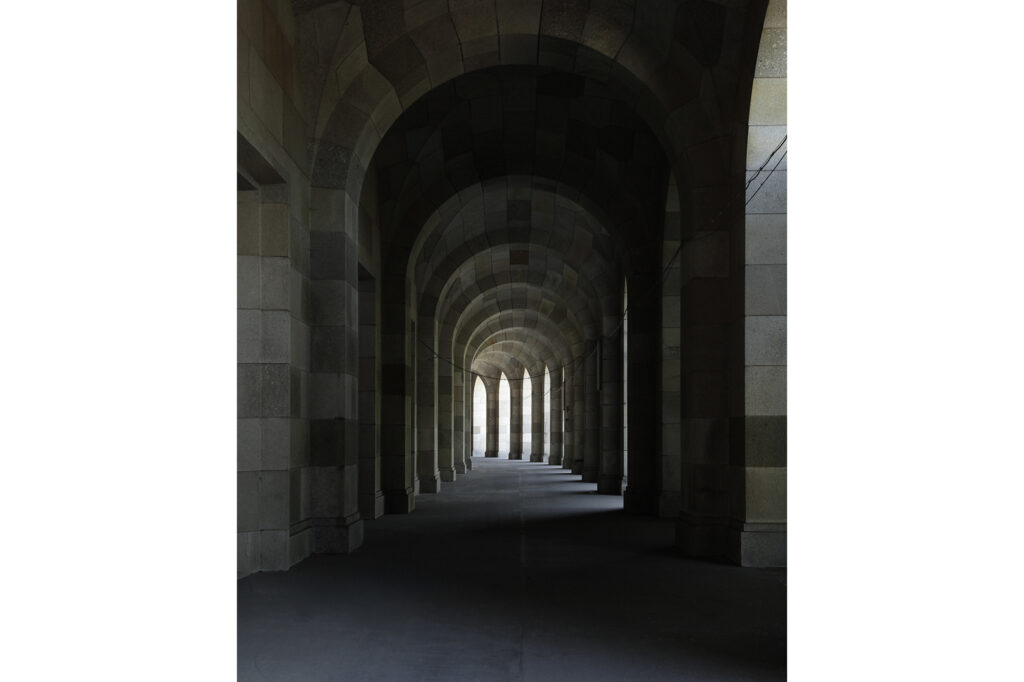
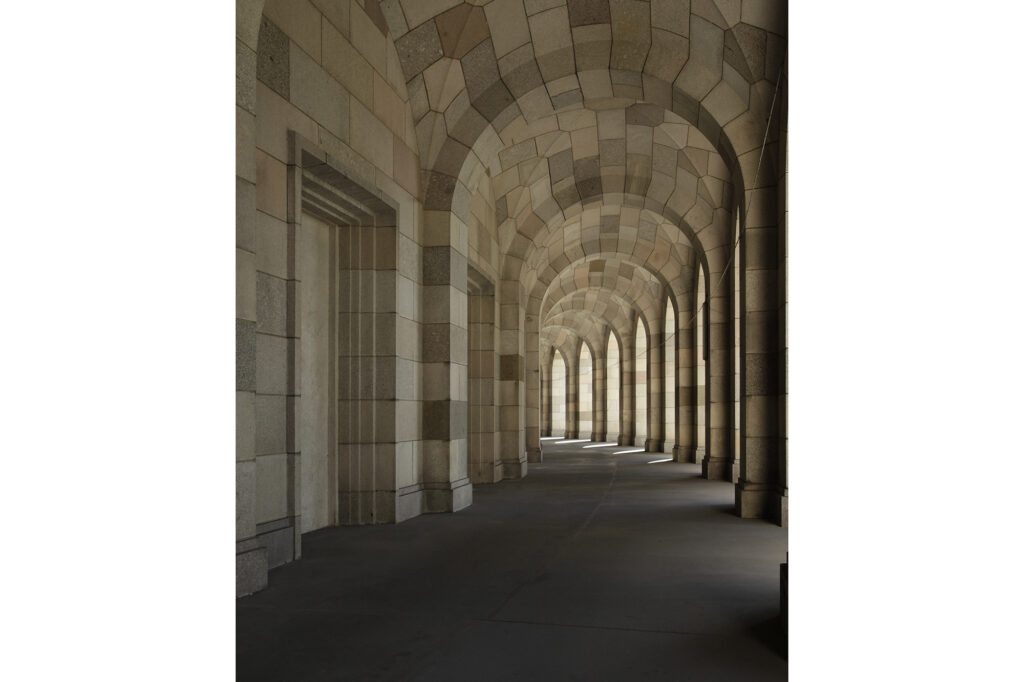
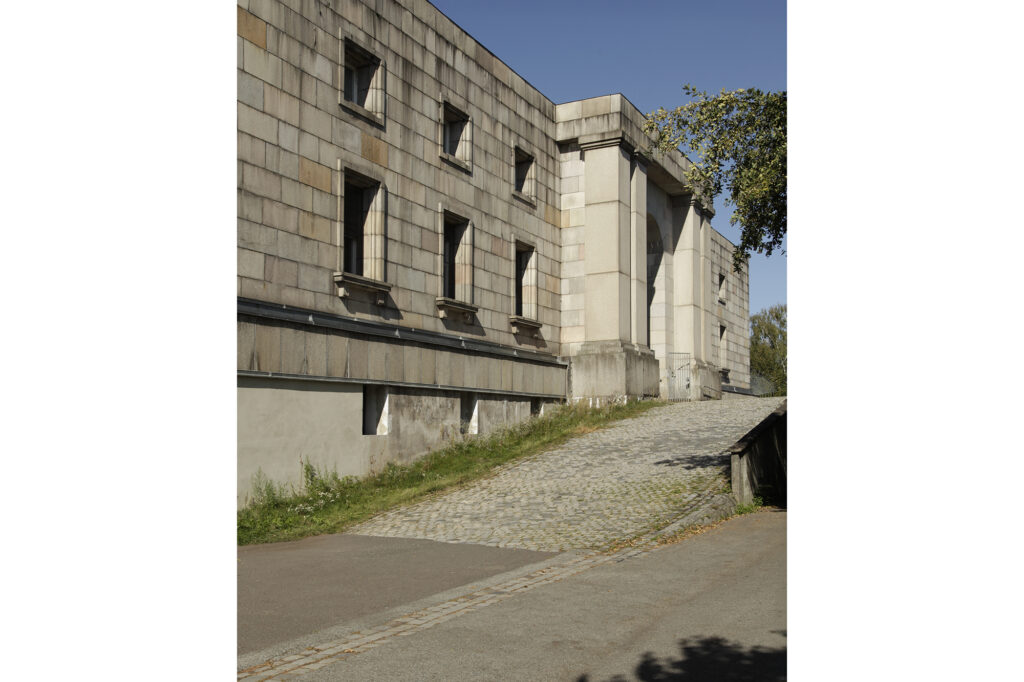
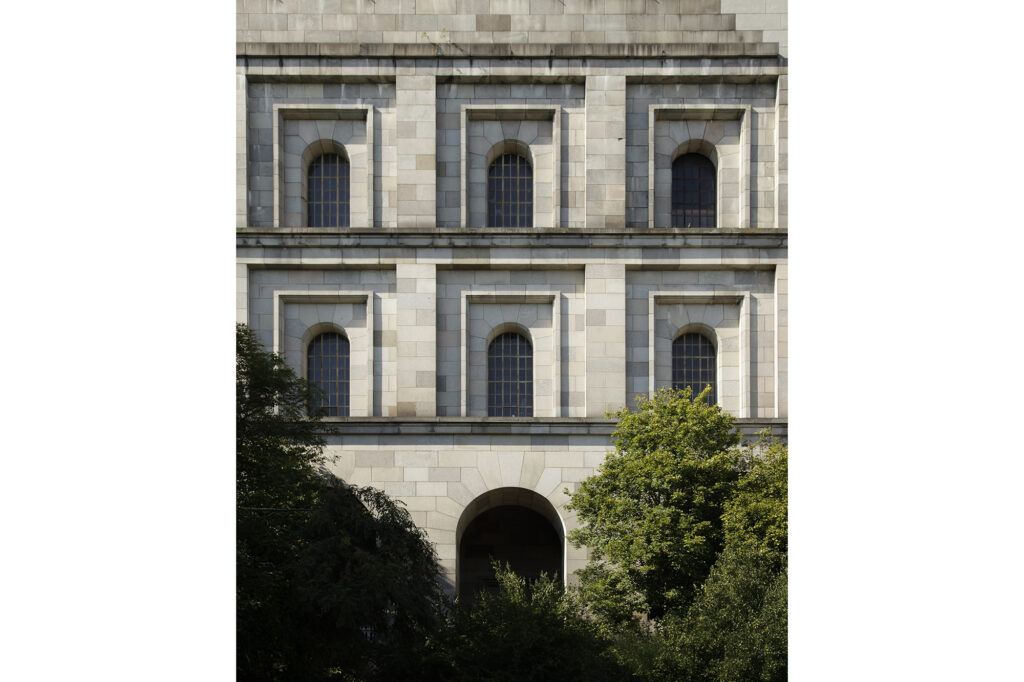
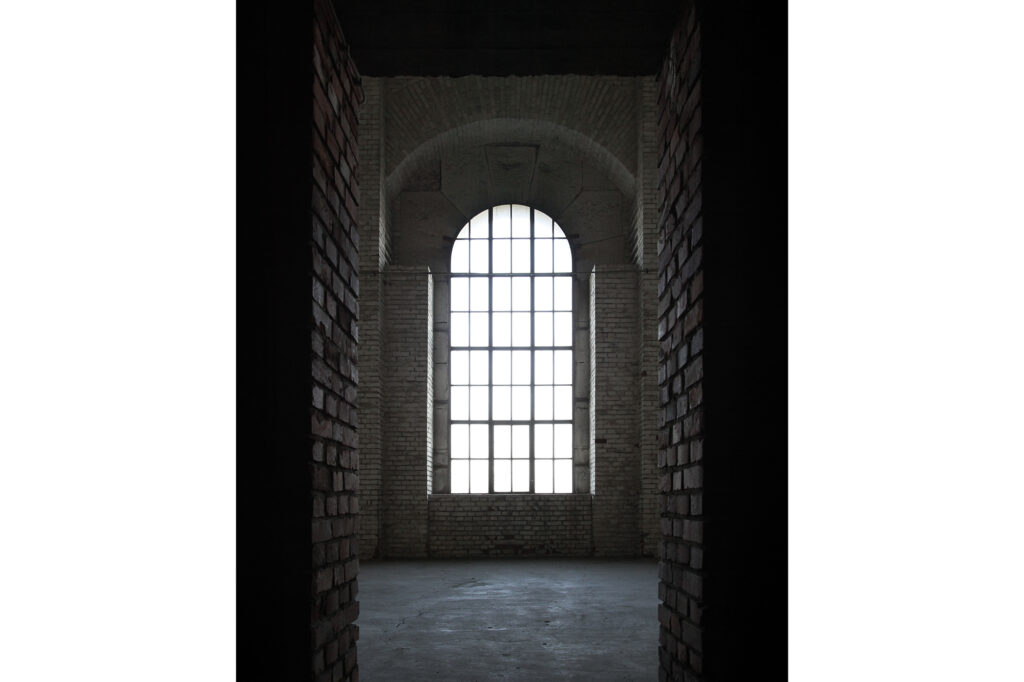


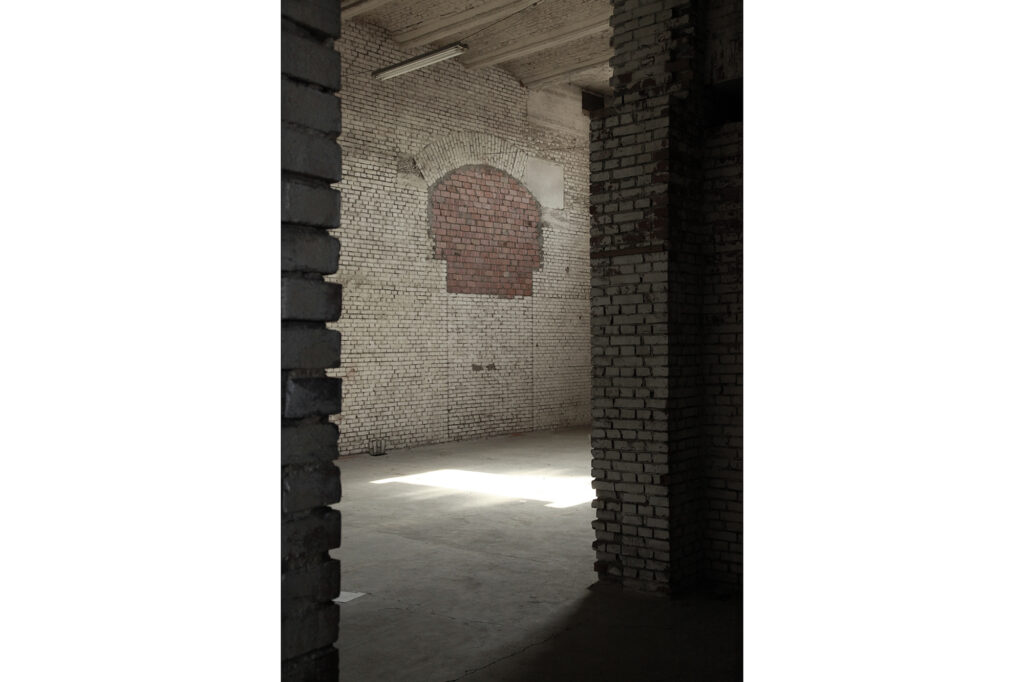

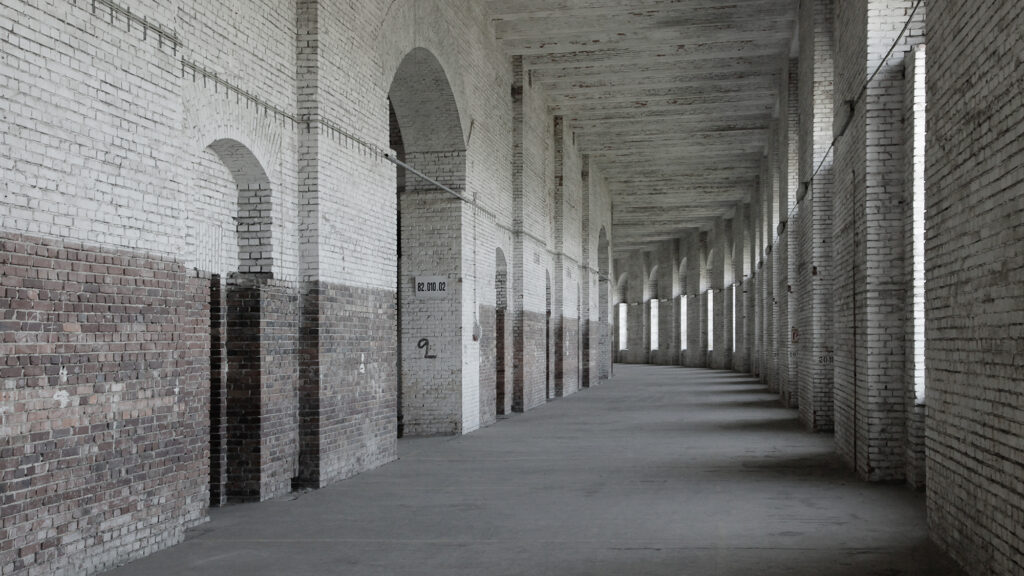
Links and Sources
General information about the Kongresshalle and its history:
- City of Nuremberg: History & Background – Kongresshalle
- Wikipedia: Kongresshalle (Nuremberg)
Use after 1945:
- City of Nuremberg: Construction History of the Kongresshalle
- Historical Lexicon of Bavaria: Nazi Party Rally Grounds, Nuremberg
Current developments and planned cultural use:
Bayerischer Rundfunk: Former Nazi Kongresshalle in Nuremberg: About a Burdensome Legacy
City of Nuremberg: Cultural Area Kongresshalle
Nürnberger Nachrichten: Today is the Groundbreaking at the Kongresshalle: Why the World is Looking to Nuremberg
